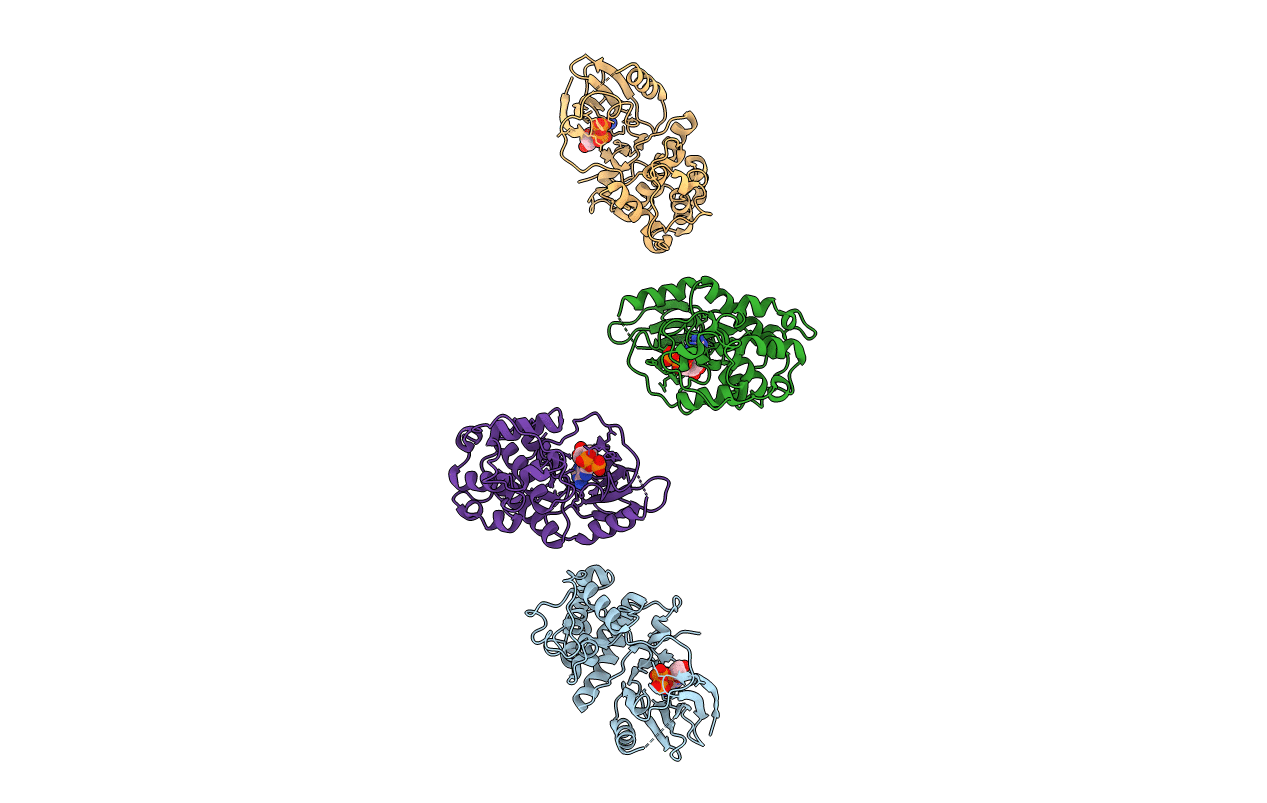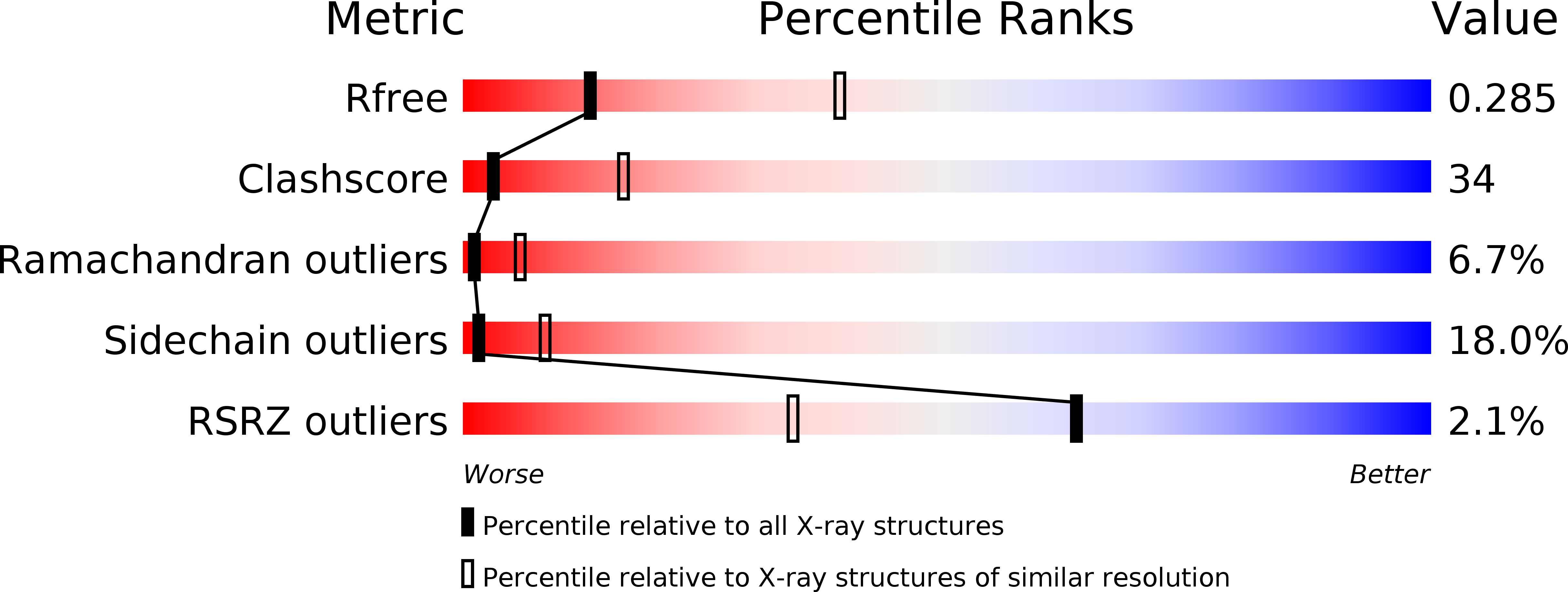
Deposition Date
2004-08-11
Release Date
2004-12-07
Last Version Date
2024-11-20
Method Details:
Experimental Method:
Resolution:
3.02 Å
R-Value Free:
0.28
R-Value Work:
0.21
R-Value Observed:
0.21
Space Group:
P 1 21 1


